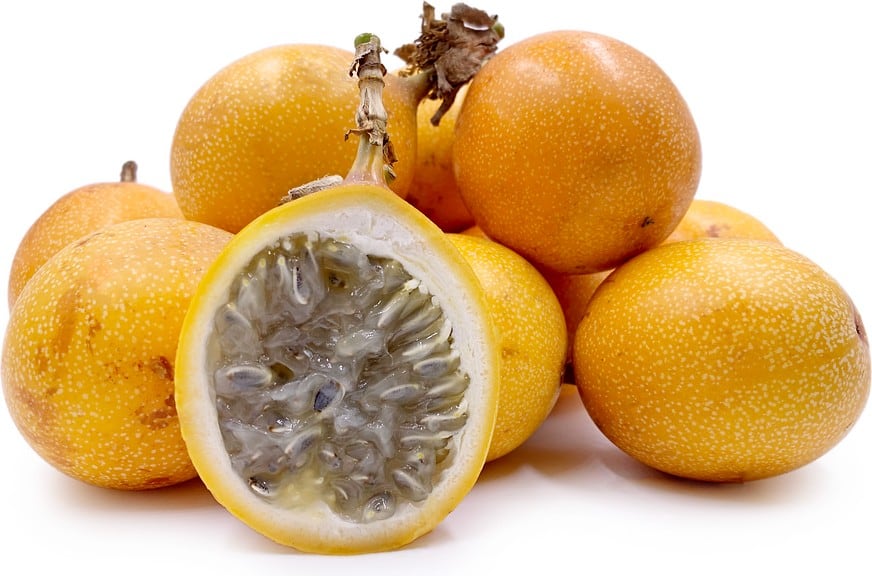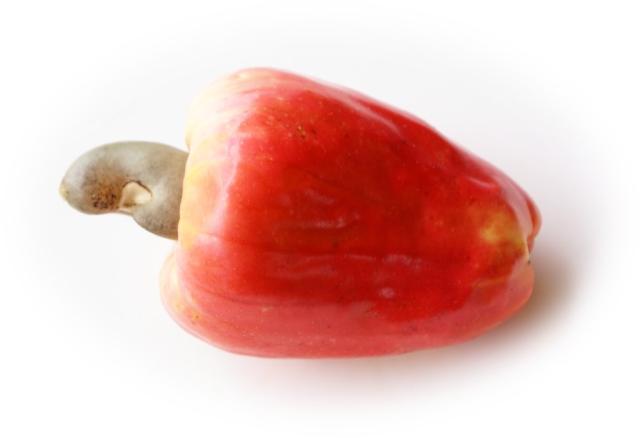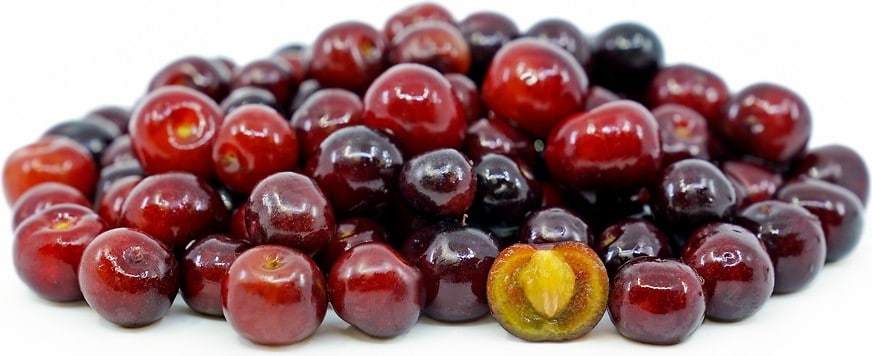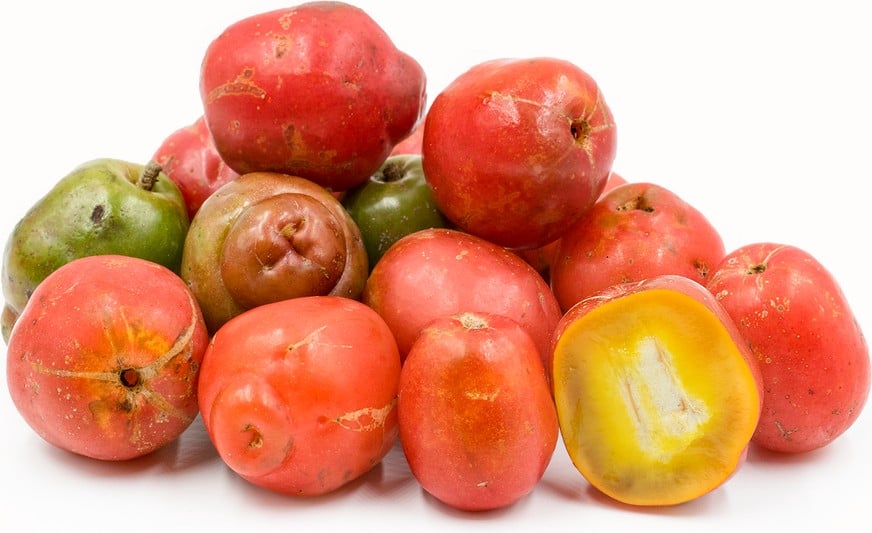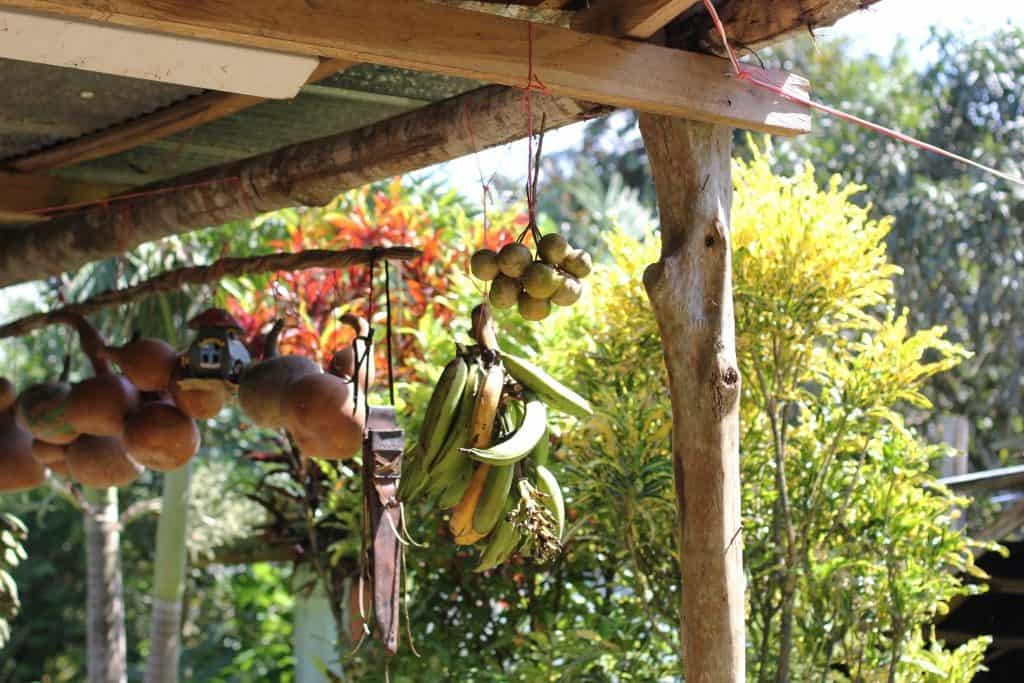7 of the Best Costa Rican Fruits You Must Try
No trip is complete without trying these Costa Rican fruits!
When trying to find fruits in Costa Rica, you won't be searching long. It’s easy to find a list of common and not so common goodies where ever you are in the country. However, there are a few "fruitas exocticas" that are seemingly overlooked and should be at the top of your grocery list if you are lucky enough to get your hands on them.
Costa Rica is a special home to some of the most unique fruits in the world, and here are some of my favorite. Some hold the superfood label, and others are just super sweet and delicious. Whatever the take on it, you will definitely feel more local after getting familiar with these 7 Costa Rican Fruits you should try.
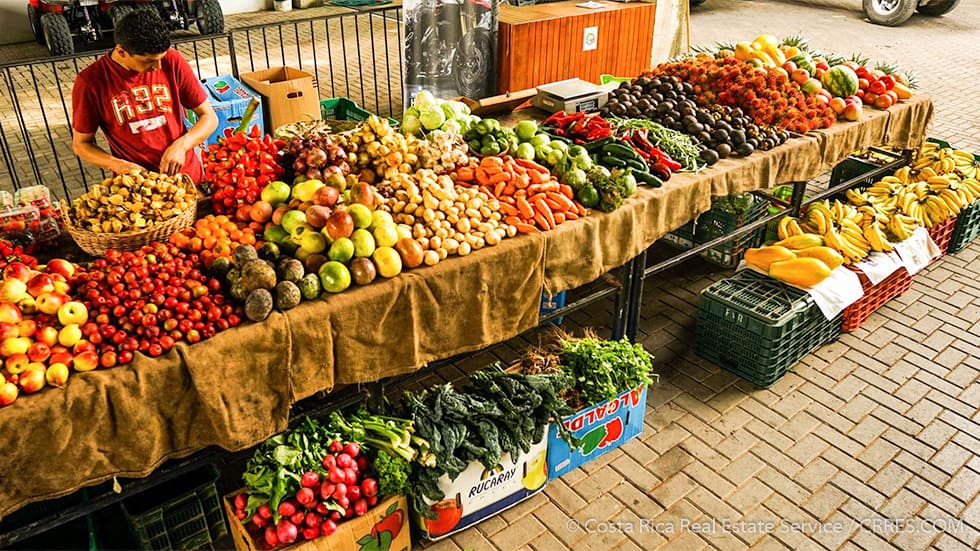
Rabito: Espavel Tree fruit (Espavé)
When the Spaniards entered and occupied this area, it is said that the Natives would use the Espavel trees as lookout points against those enemies. This name was given as an abbreviation of “Es para ver,” the Spanish term for “it is to see.”
The Rabito is the fruit from this impressive Espavel tree, which grows along the river banks here in Costa Rica. I coined this fruit “Costa Rican candy” due to its sweet, crunchy flavor and texture. As far as aroma goes, it's a sweet treat and has no significant flavor other than dulce.
This bright green tree fruit resembles a cashew or is sometimes an ‘S’ shape or a kidney bean shape. Around the same time the mangoes are ripening, these fruits fall to the river and accumulate near the bank. They are a great hiking snack given by nature.
Unfortunately, you won’t find these in the market as they only last a few hours out of the water before they wither, dry and turn black. I assume this is due mostly to their sweet watery insides.
Espavel roots are large and gresso. It is common that multiple large trees will share the same root system. Running across these in the unbeaten river trails can take your breath away. I have seen some that are over 300 years old here in my bario or village. If you have such luck to run across one of these majestic candy shops, stop and hug it; they like it.
They also feed the TiTi and Howler monkeys, so don’t be surprised if you see them lazing around when the trees are fruiting.
Pitahaya or Pitaya ( Dragon Fruit)
The dragon fruit of Costa Rica is sweet and second as a lip tinting moisturizer. They are a beautiful and equally delicious fruit that goes wonderfully mixed in a blender with milk, for a creamy, fruity fresca.
Deep in the Pitahya’s vibrant scaly appearance, and the sweet, tart insides, lies the significantly healthy benefits of this magical fruit.
According to Pitahaya de Costa Rica, these are a wonder fruit that may help control glucose blood levels, making it a sweet alternative for those who suffer from Diabetes.
- Prevention against Respiratory diseases
- Contains betalain, which helps against aging and moisturizes the skin.
- Aids Digestion
- Loaded with Vitamin C
Dragon Fruit grows on snake-like cactus plants that feed on aging trees.
They can also be cultivated in different ways by placing the plant in containers full of good soil and tree parts. There are also festivals in Costa Rica during their August harvesting time.
Guanabana (Soursop)
If you haven't had a Guanabana mixer, you aren’t living! This bulbous green spikey fruit is a yogurty, creamy dulce fruit that is enjoyed across the land of Rica. It has to be the most interesting fruit I have tried, and although delicious, it is quite rich, and I can only handle it in small doses. That is unless you have a super sweet tooth because this is liquid candy.
This is a green fruit with a spikey skin, as we mentioned and is also known for its multitude of health benefits. You would think something this sweet and delicious would be bad for you, but nope! It is a vitamin-rich addition to your diet.
- Natural pain reliever
- Boost Energy
- High in Iron
- High levels of vitamin C
- Tons of Fiber
- Niacin, phosphorous, and calcium
Also known as a happy fruit, this is a natural remedy to help fight depression. It’s sweet to the taste and great for the mind. I love it when food brings the best out in a person.
Granadilla
The first time I came across this fruit, I wasn't sure what to think. It has edible seeds coated in a sweet jelly sack that to the average eye isn't, well, that visually appealing. However, this has become one of my top 5 favorite fruits I have ever eaten.
The Granadilla is similar to passion fruit and is in the same family as the granada or pomegranate but with a sweeter taste. It is excellent as a fresca as well, which is how most fruits are enjoyed in Costa Rica. Or, you can be a savage by popping them open with your thumb like a piece of sturdy paper, rip it and slurp out the sweet gooey goodness. If you’re into rippin’ and slurpin’, this is the fruit for you.
It also comes with a ton of healthy benefits. It isn't on the superfood list, but I personally think it qualifies in all areas.
- Digestive processes due to high fiber content
- Stimulates mental and physical growth
- Thirst quencher
- Sleep aid before bed due to its relaxing properties
- Full of B vitamins as well as A, C, E, and K.
- Helps clean blood, liver, and kidney–helping prevent and rid the body of kidney stones
Marañón (Cashew apple)
Marañón is the fruit attached to the infamous Cashew nut. It has the shape of an apple and the texture of starfruit, which are also a lovely treat in Costa Rica. When eaten raw, it leaves a light dry bitter taste that some may not like. However, the juice from the fruit is decadent and fresh and a big hit with the Ticos.
Be warned, Do NOT do what I did, and bust open the cashew casing with your mouth. There is a gas in there that burns your skin. It is NOT attractive and is the reason you always get cashews roasted. They will try to melt your face otherwise.
The Marañón fruit is used in multiple ways: cooked, fermented, preserved, chutney, jams. The fermentation is also used in alcoholic drinks for flavoring.
The Cashew apple is very high in iron and offers a few health benefits worth mentioning as well.
- Higher in vitamin C than oranges
- Helps burn fat
- Contains powerful antioxidants zeaxanthin and lutein
- Helps halitosis
- Helps gastritis and ulcers
- Helps cataract
Indigenous groups have also used the juice to help with gripe, flu, and warts.
Capulin Cherry
f you have ever had green tea ice cream in your favorite sushi joint, this fruit taste like that. This cherry has my most favorite flavor profile among food, in life. It is a small cherry and goes from green, golden yellow to red while changing in sweetness.
Indigenous and colonial occupiers used the leave’s oil to help with sleep and for correcting digestive issues. The seeds, when bitter or fermented, are said to contain traces of cyanide. Although poisonous in certain forms, when consumed this way in small doses, is said to be very beneficial to overall health, just like apple seeds.
- High in A B and C vitamins
- Helps with Respiratory issues
- Contains anti-aging Collagen
- Helps build Immunity
- Loaded with antioxidants
- Helps prevent Cardiovascular disease
I run across these trees in the most random areas, full of cherries which start fruiting after only two years of growth. I prefer them in their golden state and just cannot get enough.
Jocotes
Jocotes area small fruit with a large seed that takes up a large part of the fruit. They are eaten green and red and have the texture of a golden-delicious apple. The acidity varies, depending on which stage you eat it.
The Ticos eat the green ones with a tap of salt or marinated in lemon or vinegar. It has a pleasant, fresh, crisp taste with a super crunchy texture. When they are red or golden, They are sweeter and have a much softer texture to them that some people prefer over the crunchy green tartness.
These are another fruit that comes in the Pacific dry season here in Costa Rica. The flowers are eaten in salads in some countries while the whole tree is said to have a multitude of benefits.
- High in Vitamins A.B, and C
- Strengthens immune system
- Menstrual bleeding and associated pain (fruit and boiled bark tea)
- Good for digestion
- Weight-loss
- High energy
- High in Iron
They are also eaten to help muscle spasm in some cultures. The bark can be used to help with mange in animals when rubbed on the skin. The list goes on and on.
Wrapping-Up
Costa Rica is full of many different kinds of fruits, vegetables, and herbs, as we mentioned. These are just a few well known by the Ticos that most travelers and foreigners may not know about. There are so many it would take a book to share all the wonderous and rainbow of flavors offered.
You can download the InCostaRica App and get some insight into local farmer's markets and marcados that offer seasonal fruits. Vegies and fruits go with the season here, and Mother Nature knows best. Following a seasonal diet helps prevent seasonal ailments as well.
Enjoy your search, and don’t be afraid to try new foods and fruits; you'll be surprised what your pallet likes to experience. This is just another great thing about visiting Costa Rica. It stimulates your mind and your taste-buds.




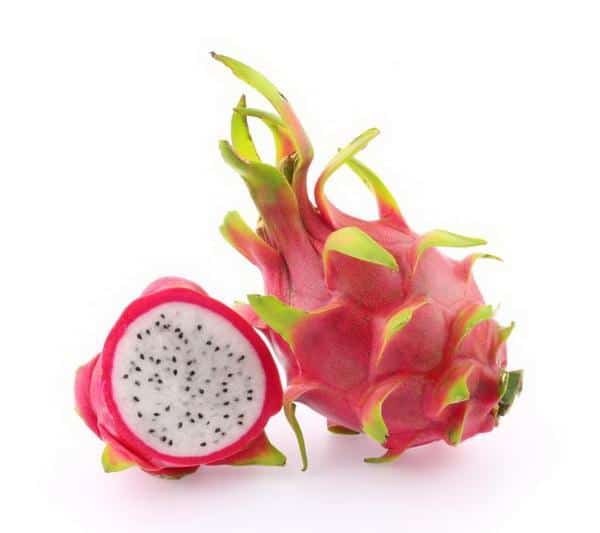
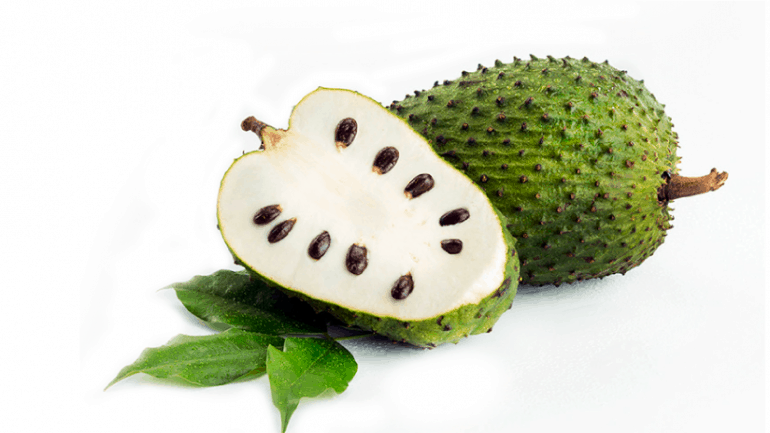

 Get More Out of Costa Rica
Get More Out of Costa Rica